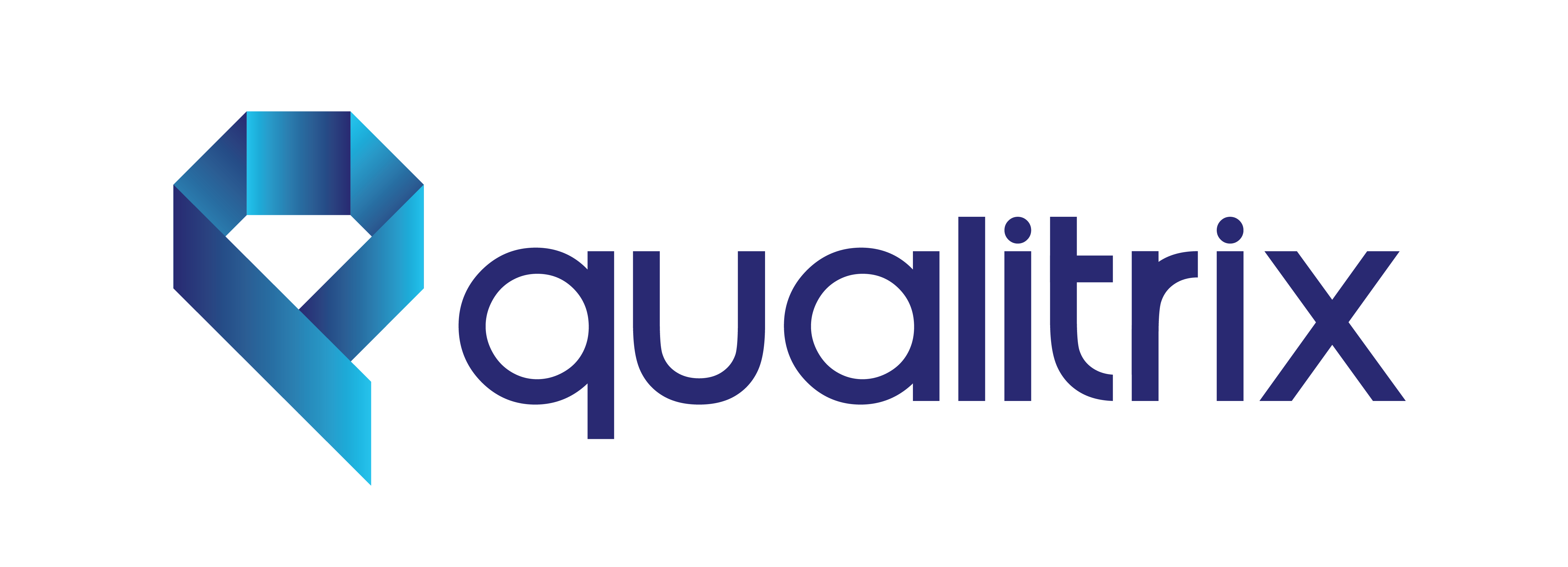In the ever-evolving world of software development, ensuring exceptional quality remains a constant battleground. Software testers, the valiant warriors on this front line, face numerous challenges in software testing that can hinder their quest for bug-free, user-friendly applications. Here, we delve into the top 10 hurdles testers encounter and explore strategies to overcome them:
Challenge 1: Incomplete or Evolving Requirements
The foundation of effective testing lies in a clear understanding of what needs to be tested. However, ambiguous or incomplete requirements leave testers guessing and can lead to missed functionalities or irrelevant testing efforts.
Solution:
- Early Collaboration: Foster close communication between testers and stakeholders from the get-go. Testers can provide valuable insights during the requirements gathering phase, identifying potential issues and ensuring clarity.
- Focus on User Stories: Refine requirements into clear, user-centric stories that define functionalities from the user’s perspective. This provides a more concrete foundation for test case design.
- Maintain Living Documentation: Requirements should be treated as living documents, evolving alongside the software. Regular updates keep testers informed of changes and ensure tests remain relevant.
Challenge 2: Limited Resources
Testing teams often find themselves stretched thin, juggling tight deadlines with limited resources – both human and financial. This can lead to insufficient test coverage or pressure to cut corners.
Solution:
- Prioritization is Key: Prioritize test cases based on risk assessment. Focus on functionalities critical to core user journeys and business goals.
- Embrace Automation: Leverage test automation tools to streamline repetitive tasks. This frees up valuable time for testers to focus on exploratory testing and complex scenarios.
- Invest Wisely: Carefully evaluate testing tools and prioritize those that offer the most value for your specific needs and budget. Open-source tools can be a cost-effective option, but might require additional in-house expertise.
Challenge 3: The Testing Gap: Speed vs. Quality
Agile development methodologies and DevOps practices emphasize rapid release cycles. Testers face the pressure to keep pace, potentially compromising quality in the name of speed.
Solution:
- Shift Left Testing: Integrate testing activities earlier in the development lifecycle. This enables early detection and resolution of bugs, preventing them from snowballing into larger issues later.
- Test Automation for Regression: Automate repetitive regression testing to ensure core functionalities remain intact after every code change, freeing up testers for exploratory testing of new features.
- Continuous Integration and Delivery (CI/CD): Implement a CI/CD pipeline that incorporates automated testing throughout the development process. This enables continuous feedback and rapid identification of regressions.
Challenge 4: Complex Architectures and Technologies
Modern software applications often rely on complex architectures and emerging technologies. This can leave testers playing catch-up, struggling to understand the underlying systems and design effective test cases.
Solution:
- Invest in Training: Provide testers with ongoing training on new technologies and testing methodologies relevant to the projects they work on.
- Leverage External Expertise: For highly specialized technologies, consider partnering with external testing consultancies that possess the necessary expertise.
- Community and Knowledge Sharing: Encourage a culture of knowledge sharing within the team. Allow experienced testers to mentor colleagues and promote learning opportunities from external resources like industry forums and conferences.
Challenge 5: Lack of Skilled Testers
The demand for skilled software testers is constantly outpacing supply. This talent gap can lead to teams being staffed with testers who lack the necessary experience or expertise.
Solution:
- Invest in Upskilling: Implement programs to upskill existing team members by providing them with training opportunities and mentorship from experienced testers.
- Focus on Soft Skills: Look beyond technical expertise when hiring new testers. Soft skills like communication, critical thinking, and problem-solving are equally important for success.
- Consider Alternative Staffing Models: Explore alternative staffing models like contract testing or managed testing services to access skilled testers on a project-by-project basis.
Challenge 6: Ineffective Communication Between Teams
Sil silos between development, testing, and other stakeholders can lead to misunderstandings and inefficiencies. When testers don’t have a clear understanding of the project’s vision or developers lack insight into testing challenges, it hinders a collaborative effort.
Solution:
- Break Down Silos: Foster open communication channels between testers, developers, product owners, and other stakeholders. Regular meetings, collaborative tools, and encouraging open communication can bridge the gap.
- Adopt a Shared Testing Strategy: Develop a comprehensive testing strategy as a team, ensuring everyone understands the testing goals, methodologies, and success criteria.
- Embrace Transparency and Early Feedback: Encourage testers to provide feedback to developers early and often. This facilitates a collaborative approach to resolving issues
Challenge 7: Unrealistic Expectations and Scope Creep
Unrealistic deadlines, ambiguous project scope, and constant feature creep can put immense pressure on testers. This can lead to rushed testing efforts and potentially missed bugs.
Solution:
- Define and Manage Scope Proactively: Clearly define the scope of testing for each project or release. Proactively manage stakeholders’ expectations and push back on unrealistic deadlines.
- Phased Testing Approach: Consider a phased testing approach where core functionalities are tested first, followed by additional features in subsequent phases. This allows for better control over scope and provides early feedback on critical features.
- Metrics-Driven Testing: Utilize test metrics to demonstrate the effectiveness of testing efforts and provide data-driven insights to support requests for additional testing time or resources when necessary.
Challenge 8: Test Environment Challenges
Creating and maintaining reliable test environments can be a time-consuming and resource-intensive task. Inconsistency between development and testing environments can also lead to misleading test results.
Solution:
- Virtualization and Cloud-Based Testing: Leverage virtualization tools or cloud-based testing platforms to create and manage test environments more efficiently. This offers scalability, cost-effectiveness, and consistency across testing environments.
- Infrastructure as Code (IaC): Implement Infrastructure as Code (IaC) practices to automate the provisioning and configuration of test environments. This ensures consistent environments across teams and minimizes manual setup errors.
- Focus on Reusability: Design test cases to be reusable across different environments whenever possible. This reduces the amount of effort required to adapt tests for different configurations.
Challenge 9: Inadequate Bug Reporting and Tracking
Inefficient bug reporting and tracking processes can lead to confusion, wasted time, and difficulty in tracking the progress of bug resolution.
Solution:
- Standardized Bug Reporting: Implement a standardized bug reporting format with clear fields for describing the issue, expected behavior, and steps to reproduce. This ensures consistent and actionable bug reports.
- Effective Bug Tracking Tools: Utilize a robust bug tracking tool that facilitates collaboration between testers and developers. Features like version control, comments, and assignee functionality can streamline bug resolution.
- Prioritize Bug Fixing: Prioritize bug fixes based on severity and potential impact on users. This ensures critical issues are addressed promptly.
Challenge 10: Resistance to Change and Testing Culture
A culture resistant to change can hinder the adoption of new testing methodologies and tools. Testers may feel comfortable with traditional approaches and hesitant to embrace automation or other advancements.
Solution:
- Lead by Example: Leaders who champion the value of effective testing and invest in modern testing practices can inspire cultural change within the team.
- Focus on Benefits: Clearly communicate the benefits of new testing methodologies and tools. Demonstrate how they can improve efficiency, quality, and overall team productivity.
- Continuous Learning and Improvement: Promote a culture of continuous learning within the testing team. Encourage participation in training programs, conferences, and industry forums to stay updated on the latest trends and best practices.
Conclusion: Conquering the Challenges in Software Testing
The path to exceptional software quality is paved with overcoming these challenges in software testing. By implementing the strategies outlined above, testers can navigate these hurdles and emerge victorious. Remember, effective testing is a collaborative effort, requiring clear communication, shared goals, and a commitment to continuous improvement. By working together, testers, developers, and stakeholders can create a robust testing strategy that lays the foundation for delivering exceptional software experiences.

